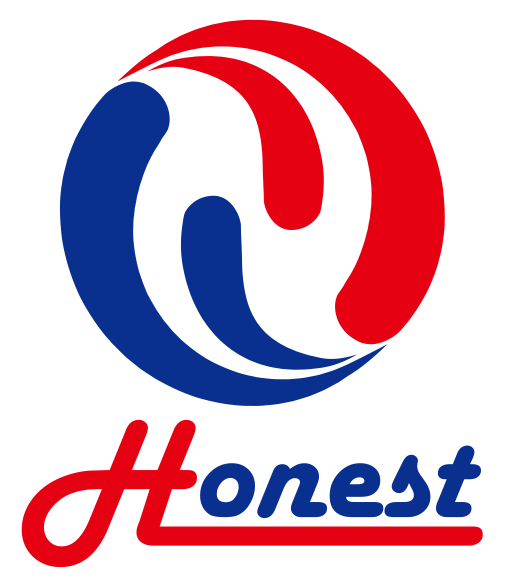Specific Advantages Of Vacuum Frying Technology, The Nutrition Preservation Of Vitamins And The Antioxidant Capacity In Vacuum Fried Fruit And Vegetable-Based Snacks
The essence behind vacuum deep-fat frying is operating at pressure reduction. In this way, it is possible to remove product moisture at a low temperature in a low-oxygen environment. Most of the benefits of this technology are a result of the low temperatures employed and minimal exposure to oxygen (Garayo and Moreira 2002).
The important nutritional compounds degrade during the atmospheric deep frying process because of the high oil temperature (which is usually between 160 and 180 OC), and toxic molecules that are generated in the foodstuff or the frying oil (Rojas-González and others 2006).
Vacuum frying can be an alternative to produce nutritious and novel snacks with desired quality attributes, since vitamins and color were greatly preserved and oil absorption could be substantially reduced.
Common antioxidants present in raw fruits and vegetables, such as vitamins C (ascorbic acid) and E, carotenoids, flavonoids, and thiol (SH) compounds are highly sensitive to normal atmospheric frying conditions, but they could well be preserved under vacuum frying.
Da Silva P, Moreira R. 2008
Vacuum frying of high-quality fruit and vegetable-based snacks
They found that total final carotenoids (mg/ g d. b.) were 18%, 19%, and 51% higher in vacuum-fried green beans, mango chips, and sweet potato chips, respectively compared to their atmospheric counterparts.
Dueik V, Robert P, Bouchon P. 2010.
Vacuum frying reduces oil uptake and improves the Quality parameters of carrot crisps
α- and ß-carotene retention (mg/g d.b.) during vacuum frying of carrot slices was nearly 90%, whereas retention during atmospheric frying was less than 36%.
Ascorbic acid oxidation may be hindered under vacuum, and all chemical reactions are slowed down when the oil temperature is reduced.

